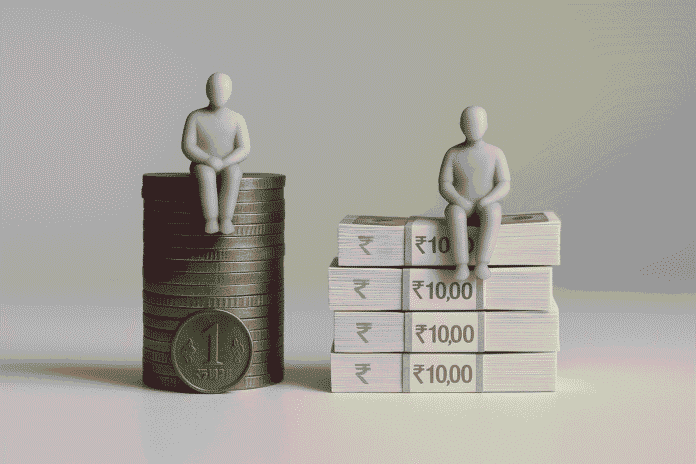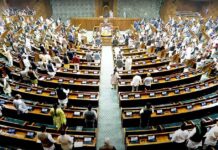Sri Vijaya Puram – For Sandeep and Lakshmi, a contractor and a homemaker raising two school-going children, the monthly household income of ₹60,000 is no longer enough. Rent alone takes up over ₹14,000. Groceries and fuel bills rise unpredictably. School fees, including private tuition, now absorb nearly a quarter of their income. There are no luxuries, just mounting essentials. And they are not alone.
Across the Andaman and Nicobar Islands, a silent crisis is deepening. The cost of living has risen far faster than wages, particularly for private-sector workers. According to recent estimates, the islands are now 43% more expensive than the national average. A dozen eggs cost ₹120, chicken ₹181 per half kilogram, and broadband internet up to ₹1,200 per month. Fuel prices, driven up by supply chain dependence and remote logistics, remain high. Meanwhile, families with children in school face spiraling costs on books, uniforms, extracurriculars, digital devices, and private tuition. In many cases, these school-related expenses rival rents, which in suburban Sri Vijaya Puram range from ₹12,000 to ₹18,000. Even though food inflation has seen a slight dip nationally, families here report no perceptible relief. A fixed monthly budget is no longer viable—necessities now shift unpredictably from affordable to aspirational.
At the core of the problem is a widening disparity in income security. While government employees enjoy regular increments, inflation-linked dearness allowances, subsidized housing, and medical coverage, private sector workers—especially those in services, tourism, retail, and small contracting—grapple with stagnating pay and no institutional protection. The contrast is jarring. Government employees are able to access better housing, quality schooling, and savings instruments. Their private sector counterparts, even when working similar hours, are priced out of the same opportunities. In the absence of policy intervention, this economic gap is calcifying into a social divide.
Multiple residents told The Wave Andaman that without immediate attention, even modest aspirations—a stable home, uninterrupted schooling, basic healthcare—will become unattainable for private-sector households. There are growing calls from civic bodies and workers’ groups for the administration to update minimum wage thresholds and explore inflation-indexed allowances for the private sector. Others advocate the introduction of cost-of-living support mechanisms or rent control measures, especially in urban clusters like Sri Vijaya Puram.
This article is part of The Wave Andaman’s special series, “The Island Divide,” which examines the growing economic and social disparities in the Andaman and Nicobar Islands. From wage stagnation and unemployment to housing access and education gaps, the series explores how a region long viewed as strategically important and naturally abundant is now grappling with rising internal inequalities.





